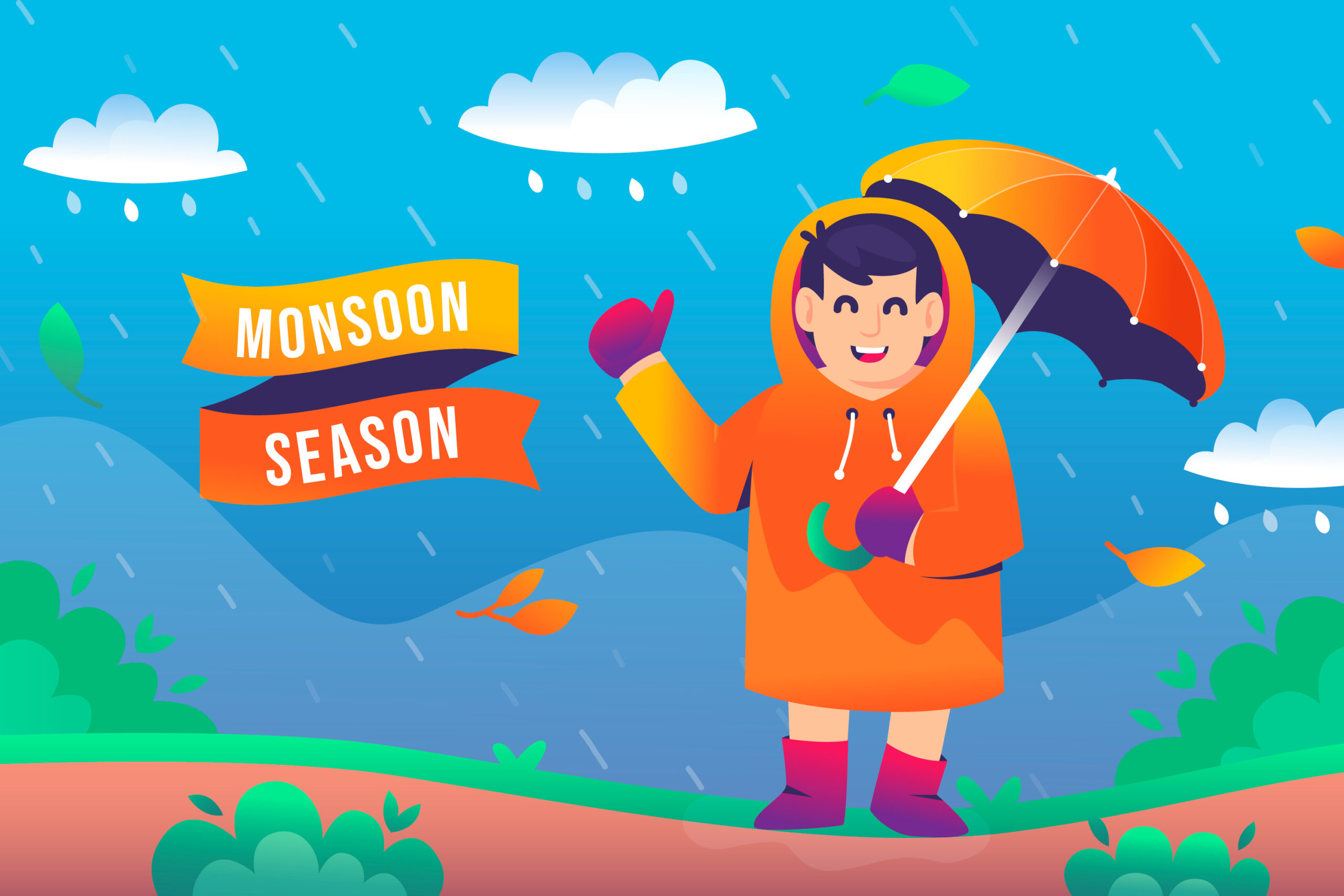Introduction
Weather plays a vital part in day by day life, influencing everything from horticulture and transportation to our temperament and exercises. It depicts the state of the air at a specific put and time, including variables like temperature, mugginess, wind, and precipitation. Understanding weather designs permits us to expect natural changes and appreciate the strengths forming our planet.
What Causes Weather?
Weather is driven by intelligence between the Sun’s vitality and Earth’s atmosphere. The Sun warms the Soil unevenly, making temperature and weight varieties that lead to the arrangement of weather frameworks. These varieties in vitality dispersion drive discuss development and impact weather conditions globally.
Temperature: The uneven warming of Earth’s surface makes contrasts in temperature, causing warm discussion to rise and cold discussion to sink. This preparation produces barometrical streams that shape diverse weather patterns.
Air Weight: High-pressure frameworks ordinarily result in clear skies, whereas low-pressure zones frequently bring storms and precipitation. Discuss moves from tall to moo weight, making wind and transporting weather frameworks over regions.
Humidity: Stickiness alludes to the dampness substance in the discussion. When warm, damp dust rises, it cools, and the dampness condenses, shaping clouds and now and then driving to precipitation.
Wind: Wind is the development of discussion caused by contrasts in weight. Wind redistributes warmth over the Soil, playing a key part in forming weather designs, extending from tender breezes to effective storm winds.
Precipitation: Precipitation happens when condensed water vapor in clouds shapes beads or ice precious stones expansive sufficient to drop to Soil. Depending on atmospheric conditions, this can result in rain, snow, hail, or hail
Types of Weather Phenomena
Sunny and Clear Skies: High-pressure frameworks lead to sunny days with few clouds, permitting for coordinated daylight and hotter temperatures amid the day.
Rain: Rain happens when warm particles rise and cool, driving to condensation and the arrangement of beads that drop to the ground when they end up as heavy.
Snow: Snow shapes in cold situations where water vapor solidifies straightforwardly into ice gems. Snowfall regularly happens when both the discuss and ground temperatures are below freezing.
Thunderstorms: Rainstorms shape when warm, wet weather rises quickly, cooling in the upper air and driving to overwhelming rain, lightning, thunder, and now and then hail.
Hurricanes and Tropical storms: These huge storms shape over warm sea waters, producing capable winds, overwhelming rain, and storm surges. Tropical storms happen in the Atlantic and Northeast Pacific, whereas tropical storms create in the Northwest Pacific.
Tornadoes: Tornadoes are fast-moving, pivoting columns of discuss amplifying from electrical storms to the ground. They can cause noteworthy pulverization due to their tall wind speeds and unpredictability.
Importance of Weather Forecasting
Weather determination is fundamental for overseeing its effect on human exercises and security. Meteorologists utilize obsequious information, radar frameworks, and computer models to foresee weather designs with expanding exactness. Solid estimates offer assistance communities plan for extreme weather occasions like tropical storms or snowstorms, minimizing potential harm and misfortune of life.
Weather estimates are moreover basic for businesses like horticulture, flying, and sea transport. Ranchers depend on figures for planting and collecting, whereas pilots and dispatch captains depend on precise forecasts to dodge perilous conditions. The renewable vitality division, particularly sun oriented and wind control, too requires exact weather information to optimize vitality production.
Climate vs. Weather
Weather portrays short-term atmospheric conditions, whereas climate alludes to the long-term designs over decades. Recognizing the qualification between weather and climate is imperative, especially when examining points like climate change and its broader impacts.
Conclusion
Weather is a complex and ever-changing framework formed by the interaction between the Soil and the atmosphere. From calm, sunny days to damaging storms, it reflects the control of normal strengths. By considering and foreseeing weather designs, we can better get it into our environment and adjust to its different extremes.
